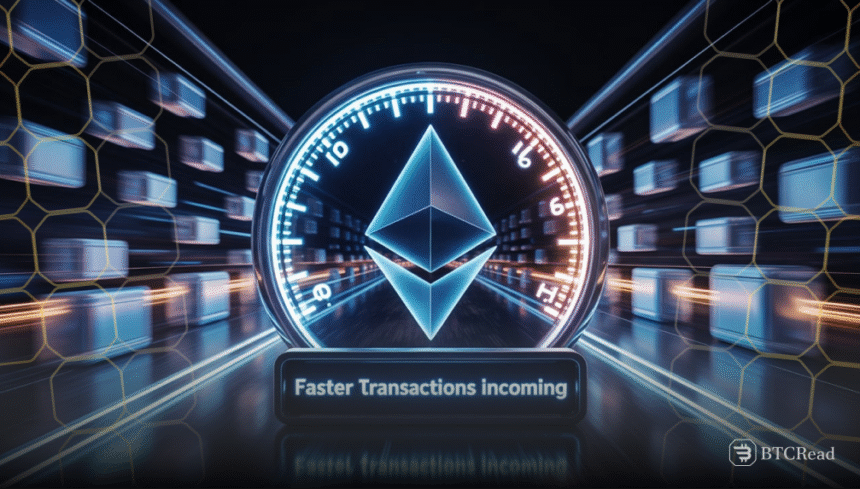The Ethereum development team is considering a massive change to the protocol to lower block time from 12 seconds to six seconds. Core developer Barnabé Monnot introduced the change as part of Ethereum Improvement Proposal 7782 during the June 21 meeting discussions.
Shorter block times would produce fast transaction confirmations and increase usability across the entire Ethereum ecosystem. Monnot believes halving block time would let Ethereum confirm transactions much faster, and the network would respond much better.
This would significantly improve the way wallets, decentralized apps, and layer-2 chains work virtually in real-time. Wallets would refresh much more rapidly, and users would have current on-chain information within seconds of transacting.
Faster block production, as per the proposal for development, may provide several benefits, particularly to decentralized finance protocols and trade applications. Twice as often as current blocks would get produced, price data would refresh more often on decentralized trading platforms.
This would minimize opportunities for price manipulation by arbitrageurs and assist with reducing trade commissions by producing more efficient markets.
Ethereum scaling Aims for greater Efficiency
In addition, more common blocks mean more chances to integrate transactions, less censorship, and more network fairness. Users would have smoother interactions with their favorite apps and wallets, and therefore, more trust and satisfaction with the Ethereum network.
Monnot shared that the changes are expected to be part of the Glamsterdam update planned for late 2026. By then, Ethereum developers expect the network to handle blocks with three times the current gas limit and eight times the current blob capacity.
This level of scaling would support the increased demands from quicker block times. The proposal also involves the reduction of subslot timing for network work. Block proposal time could be decreased from four seconds to three seconds.
Attestation and aggregation times would reduce individually from four seconds to 1.5 seconds, and hence, the overall slot time would be six seconds. But there are some concerns. Slower nodes and less-connected validators could struggle with the new timing.
Bandwidth use could rise, and the threat of congestion on the network may expand. Developers verify that there needs to be extensive testing beforehand to ensure stability on Ethereum.







